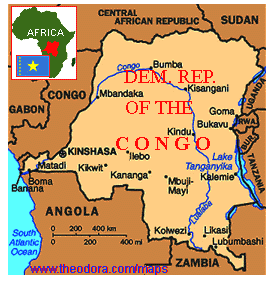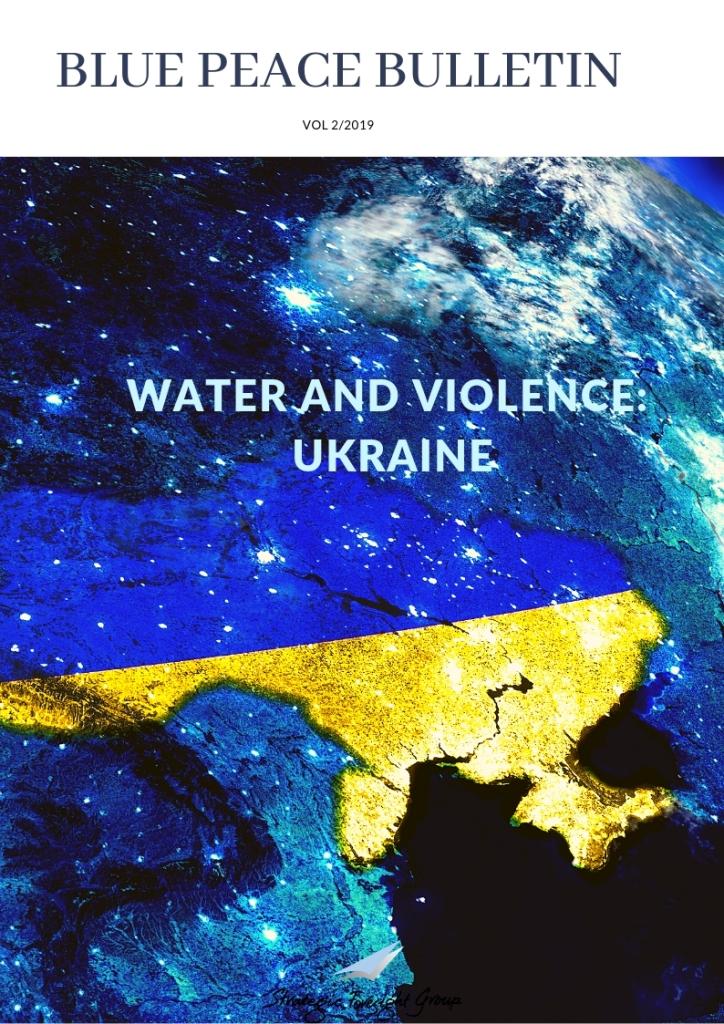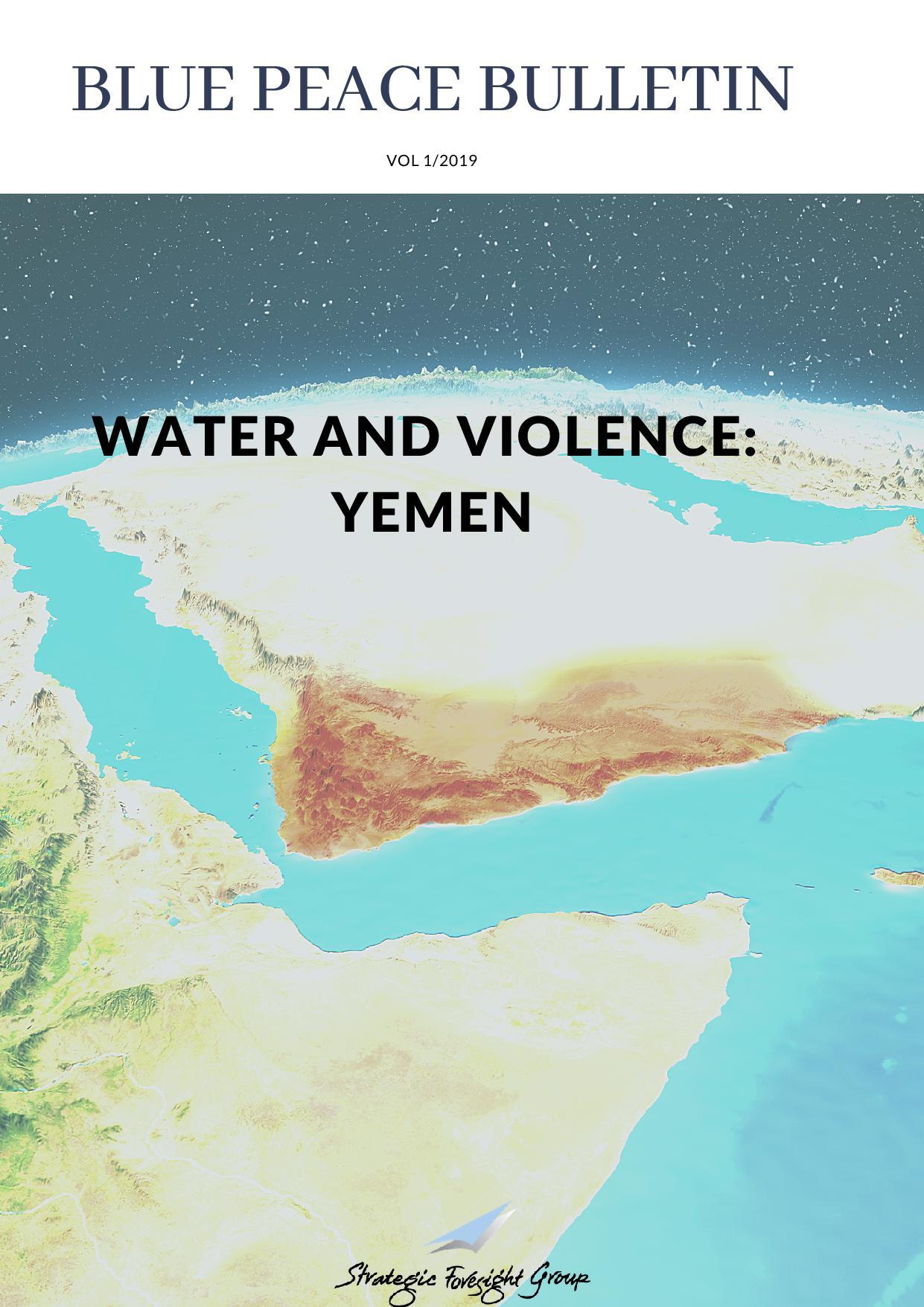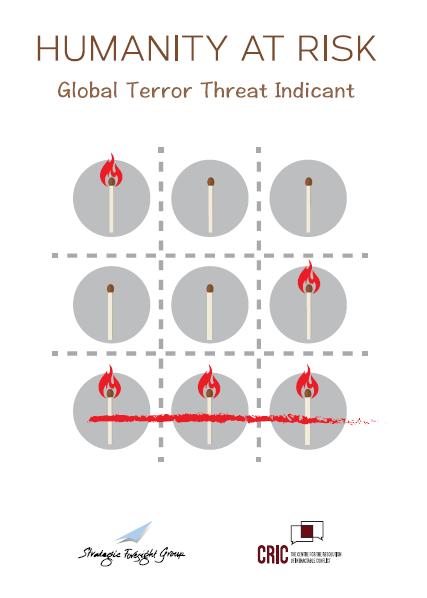Congo Quagmire
|
|
November , 2008
By
|
Central Africa is in conflict once again. Since August 2008, the 10,000-strong rebel force of General Laurent Nkunda, known as the CNDP (National Congress for the Defence of the Nation) is battling the Congolese national army. This battle rages in the east of Congo, near the city of Goma, in the North Kivu province. The UN estimates that since September, approximately 250,000 civilians have been displaced by the fighting. The casualty figures are not clear yet but Human Rights Watch says that 100 civilians have been killed so far and more than 200 others have been injured. The UN fears that this conflict might engulf the neighbouring countries of Angola, Uganda, Burundi and Rwanda very soon. The UN Secretary General Ban Ki Moon has said that Congo�€™s neighbours need to be prepared to send in their peacekeeping forces into DRC (Democratic Republic of Congo) since the UN peacekeeping mission in Congo (MONUC) has been stretched too thin.

Extrapolating DRC�€™s history to its present conditions, it is not difficult to see that this particular conflict is not an end to Congo�€™s woes. The conflict in DRC is multi-layered, nuanced and complicated. Hence, efforts to stop the conflict at hand would only be a short-term solution. Any long-term solution to Congo�€™s dilemma will have to be a multilateral one, with the participation of other central African countries, one that prioritizes economic reform and demilitarization.
The DR Congo has been beset by violence for over a decade. The First and Second Congo Wars have left the country and its people tortured, brutalized and ravaged. The First Congo War (1996-1997) began with the politicization of the Hutu-Tutsi ethnic conflict and ended when the then-Zairean President Mobutu was overthrown by rebels backed by foreign powers like Uganda and Rwanda. The socio-political context in which the Congo Wars occurred was that after the 1994 Rwandan genocide, the Rwandan Hutu militia forces (Interahamwe) fled to eastern �€˜Zaire�€™ (present day Congo) where they used their refugee camps for incursions into the Tutsi-led Rwanda. They also started attacking ethnic Tutsis in Zaire. President Mobutu in Zaire, whose government was weak at the time, supported the Hutus against Tutsis. The situation was complicated by political interference of neighbouring countries. Eventually, in 1996, the Rwandan forces invaded DRC and destroyed these Hutu camps. Ugandan and Angolan forces soon joined the Rwandan invasion of DRC. Accounts claim that the advancing army massacred 60,000 people. The foreign powers helped the rebel leader Laurent-Désiré Kabila become the President and the country was renamed Democratic Republic of Congo.
After relations between Kabila and his foreign benefactors soured, he ordered all foreign troops to leave Congo in 1998; most refused to leave and fighting began throughout the country resulting in another bloody conflict and the assassination of Kabila. The Second Congo War (1998-2003), close at the heels of the first one, ended with a transitional government taking power. This war involved at least 7 foreign armies and more than 25 armed groups; it is also sometimes referred to as the �€˜African World War�€™. It left 5.4 million people dead, mostly from hunger and disease; millions were displaced from their homes. The level of violence against women and children seen in this war has been almost unparalleled in history. Congo had, once again, fallen prey to interference by foreign powers that wanted their own candidate in charge of Congo. Though a peace deal was brokered in 2001, the foreign armies (except Rwanda) left DRC only by 2003. By then, Congo�€™s northeast was besieged by clashes between armed ethnic groups and militias.
Currently in the DRC, there are many different militias and armed groups that pepper the country �€“ the CNDP, FDLR, Mai Mai, MRC (Congolese Revolutionary Movement), RCD-Goma (Rally for Congolese Democracy), and FLNK (North Kivu Liberation Front). These militias differ in their ideologies, motivations and organization structures. Motivations range from personal enrichment; engaging in criminal activities like occupying mining areas, arms smuggling, looting etc; vigilante protection of communities and ethnicities (there are 200 distinct ethnic groups in Congo including the Tutsi, Luba and Anamongo); and taking advantage of unstable political climate in the country. Since the central African region as a whole, shares many of these ethnic groups, the conflict between any two ethnic groups within DRC is very likely to spill over into neighboring countries. Moreover, these militias fight against the government as well as against each other for control of territory. The conflict in Congo has ethnic, nationalistic, economic, and political tones and is fuelled by the involvement of foreign powers.
In case of the present conflict in DRC, the Congolese government has accused Rwanda of supporting the rebel army CNDP and General Nkunda. The Rwandan government has denied these allegations and in turn, has accused the Congolese government of supporting the Hutu rebel force of FDLR (Democratic Force for the Liberation of Rwanda). The CNDP is just one for the many Tutsi militias that have sprung up in the east of DRC, in reaction to the rise of anti-Tutsi sentiment in the country. General Nkunda, an ex-Tutsi general, claims that his revolt is to protect the ethnic Tutsis in Congo against anti-Tutsi forces including the Hutu FDLR. Nkunda has threatened to take over the capital Kinshasa and overthrow President Joseph Kabila�€™s government, unless Kabila agrees to power-sharing talks with CNDP. But the Congolese government, under Kabila, has refused all offers of talks with Nkunda.
Hence, with the region at the brink of another humanitarian catastrophe, similar to Rwanda in 1994, it becomes imperative to find an immediate solution to stop the conflict and make sure that the region does not fall prey to the same tensions again.
In early November, the UN called an emergency summit of the central African countries in Nairobi, Kenya, where an immediate ceasefire to the conflict was demanded. Participating countries also pushed for opening up of a �€˜humanitarian corridor�€™ for aid to reach the people caught between the rebels and the national army. Judging from the present situation in Congo, along with an immediate ceasefire, the creation of such a corridor appears to be vital and of top priority. The UN summit has also called for greater military and strategic powers for UN peacekeepers. It was also conveyed to the central African leadership that Congo�€™s neighbours need to be ready to send in their peacekeeping forces into that war-torn nation.
Despite the urgency of the situation, it seems like there is very little international will to do something about the situation in Congo. The UN has its biggest peacekeeping force of 17,000 in Congo but it has not been successful in either protecting the civilian Congolese or in curtailing the conflict so far. The EU has refused to send its forces to eastern Congo. The need of the hour is a regional initiative to supplement the Congolese national army and the UN peacekeeping mission (MONUC) in DRC. Previously, the African Union, on UN mandate, has sent its peacekeeping forces to countries in conflict like Sudan and Somalia. For a speedy and hopefully permanent resolution of the current conflict, the African Union must send its peacekeeping forces into the DRC.
A permanent solution to the current conflict in DRC would require, first and foremost, strong regional and international political will. It would, of course, involve the disarming of the various militias and armed groups that fester the country and then the rehabilitation of combatants. In case of foreign militias, it would need the repatriation of combatants. For this repatriation to take place, the foreign governments in question would have to take the responsibility for the mainstreaming and reinsertion of these combatants in society. For example, the Rwandan government should take the responsibility for the FDLR. Regional dialogue is urgently required, with the DRC and its neighbours agreeing to collectively curb forces that give rise to ethnic militias. The government�€™s writ would have to be re-established in areas like North and South Kivu.
Sustained conflict over the years has hit the country�€™s economy very badly. It has reduced the national output and the government revenue. The economy�€™s debt has increased over the years and foreign businesses have curtailed their operations. About 80% of the Congolese population lives on less than USD 1 a day. Life expectancy is 43 years; under-5 mortality is over 200 per thousand. DRC was ranked 168th (out of 177 countries) on the Human Development Index in 2007. The rampant poverty and unemployment in the country are tied to the cycle of violence. Once the conflict ends, the government would eventually have to take economic reconstruction of the country very seriously. Economic growth, employment and education opportunities would have to be generated in order for the people to look above and beyond the politics of ethnicity. For these, the Congolese government would have to bring about serious and long-lasting economic reforms alongside the demilitarization efforts.
Hence, the conflict in DRC is complicated by armed militias and the politicization of ethnic differences. The end of the present conflict and avoidance of its reoccurrence can be ensured only through a strong regional commitment for economic reform and demilitarization. Otherwise, the conflict in DRC might just become another never-ending war.
Related Publications
Related latest News
Related Conferences Reports
-

P5 Experts Roundtable on Nuclear Risk Reduction
Download:Geneva Roundtable Report
-

Roundtable on Global Security and Catastrophic Risks
Download:Report on RT revise





